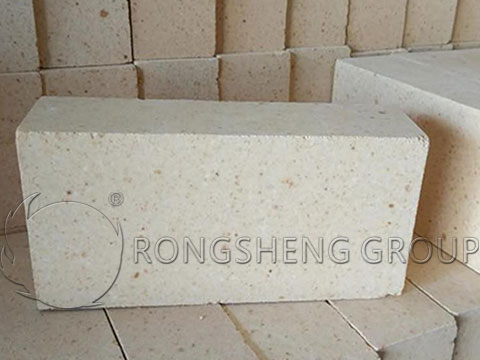The refractory industry plays a vital role in the field of material science and engineering. Refractories are essentially high-temperature materials that are used to construct linings for the furnaces, kilns, reactors, and other high-temperature process environments. They need to possess excellent thermal stability, corrosion resistance, and mechanical strength to withstand such extreme conditions. In this regard, High Alumina Brick has established itself as the most sought-after material in the refractory industry.

High Alumina Brick is a type of refractory brick that is composed of high-purity alumina (>50%) and other raw materials like kaolin or bauxite. High-alumina bricks have a high refractoriness, i.e., they can withstand high temperatures up to 1770°C (3228°F). These bricks also have a low thermal conductivity, implying a low rate of heat transfer. They have high compressive strength and hardness, making them suitable for heavy-duty applications.
The production of High Alumina Brick involves several steps, starting from raw material selection to the final firing process. The raw materials used are bauxite, a mineral containing aluminum hydroxide, and kaolin, a clay mineral. The raw materials are crushed, grinded, and sieved to obtain a uniform particle size. After that, they are mixed with water and additives to form a plastic paste. The paste can be molded into the desired shape, and the bricks are then dried and fired at high temperatures in a kiln.
One of the remarkable properties of High Alumina Brick is its high resistance to thermal shock. During the heating and cooling cycle, the bricks can resist sudden temperature changes without cracking or spalling. They also have excellent resistance to chemical attack, making them suitable for use in harsh environments. They are widely used in the iron and steel, cement, glass, petrochemical, and other high-temperature industries.
High Alumina Brick is available in various grades, ranging from 40% to 99% alumina content. The selection of the grade depends on the application requirements. For example, the higher the alumina content, the higher the refractoriness, which makes it ideal for use in the steel industry. High Alumina Bricks with lower alumina content (40-60%) are used in industries that operate at lower temperatures like the cement and glass industries.
In conclusion, High Alumina Brick is an integral part of the refractory industry. Its excellent properties make it a go-to material for high-temperature applications. The raw materials used, kaolin and bauxite, are abundant, which makes the production of these bricks cost-effective. The application of High Alumina Bricks varies from industries like the iron and steel or petrochemical industries to small businesses. In essence, High Alumina Brick is the backbone of the refractory industry.
Keywords: High Alumina Brick, refractory, alumina, bauxite, kaolin, refractoriness, thermal shock, chemical attack, compressive strength, hardness.